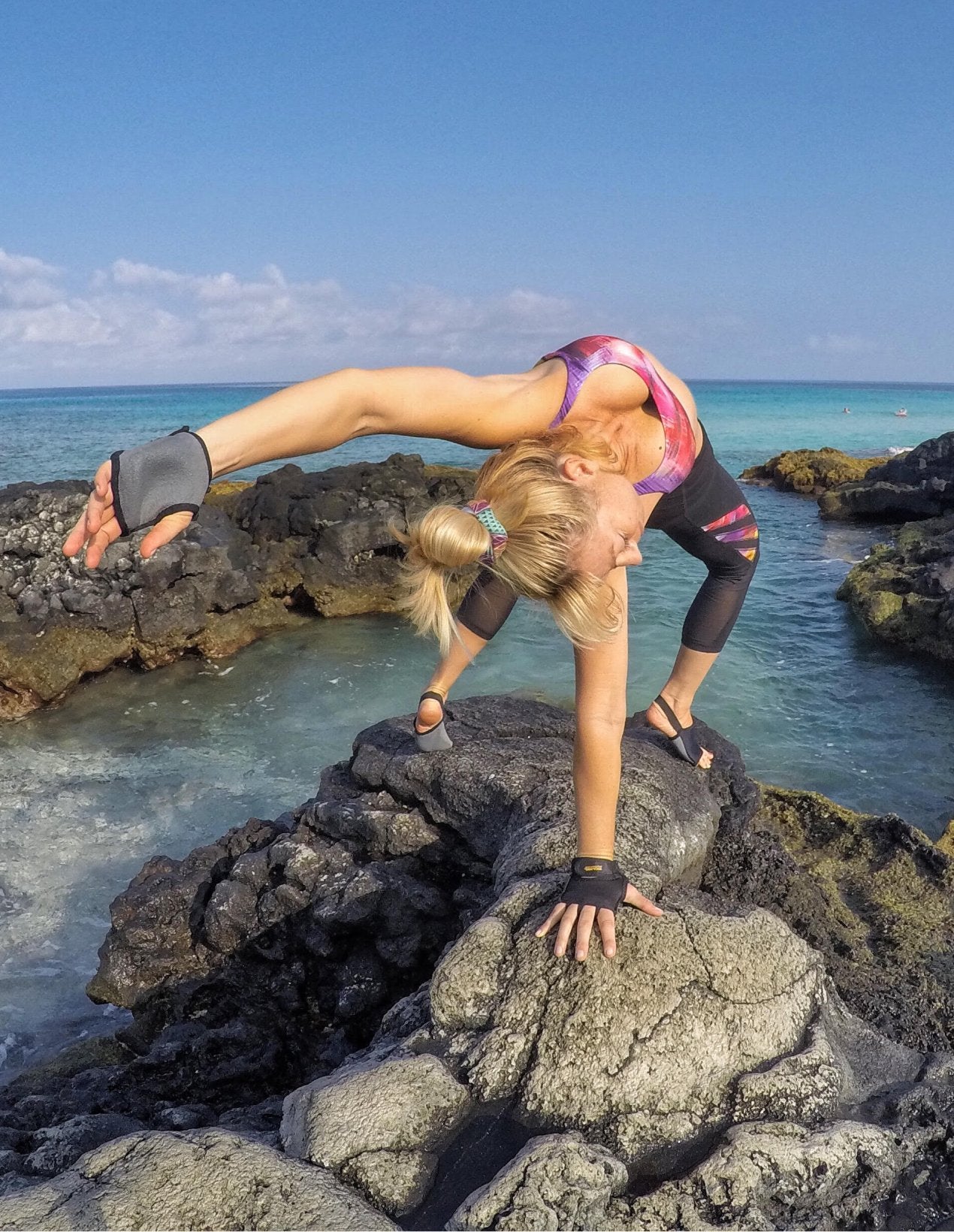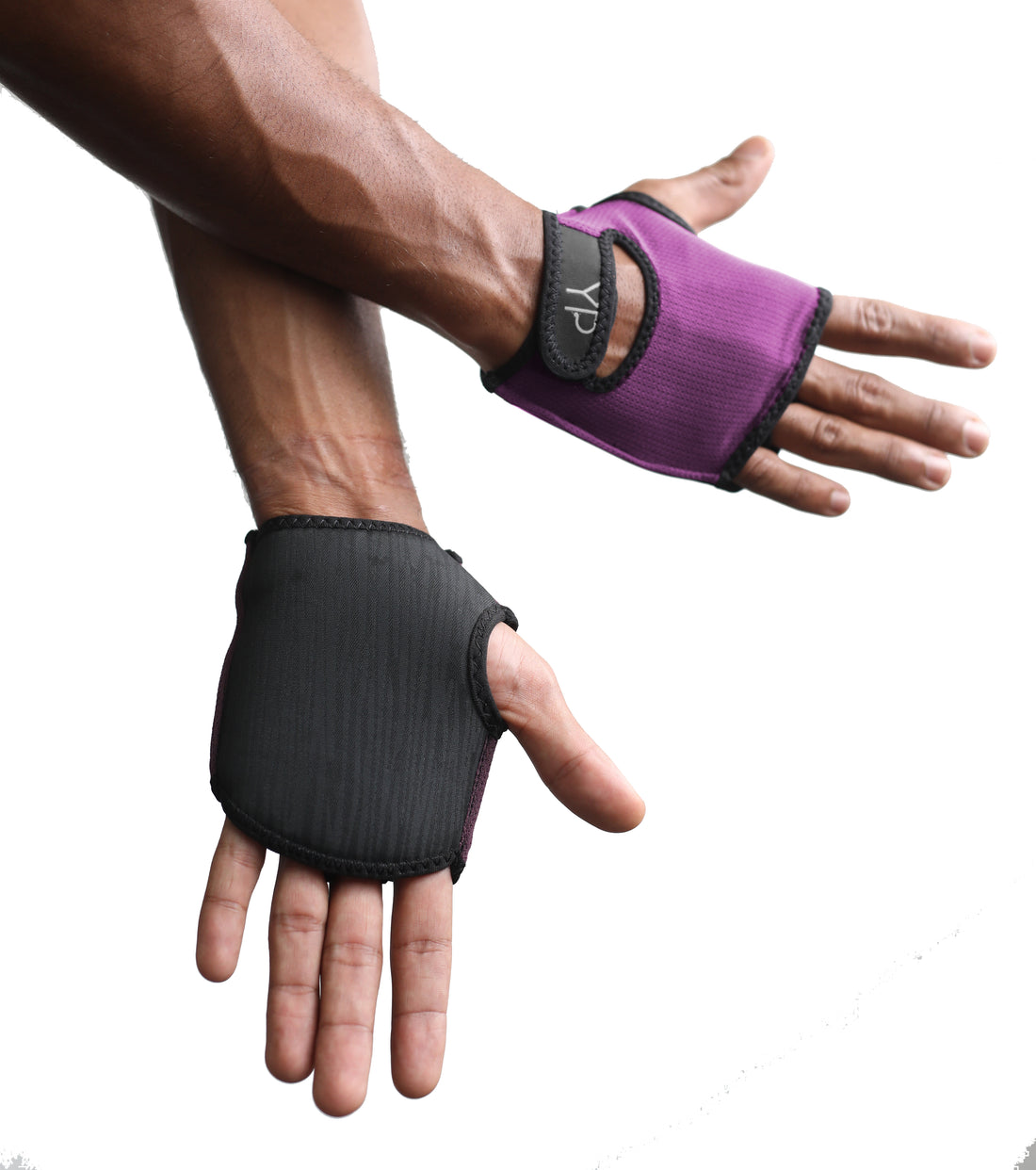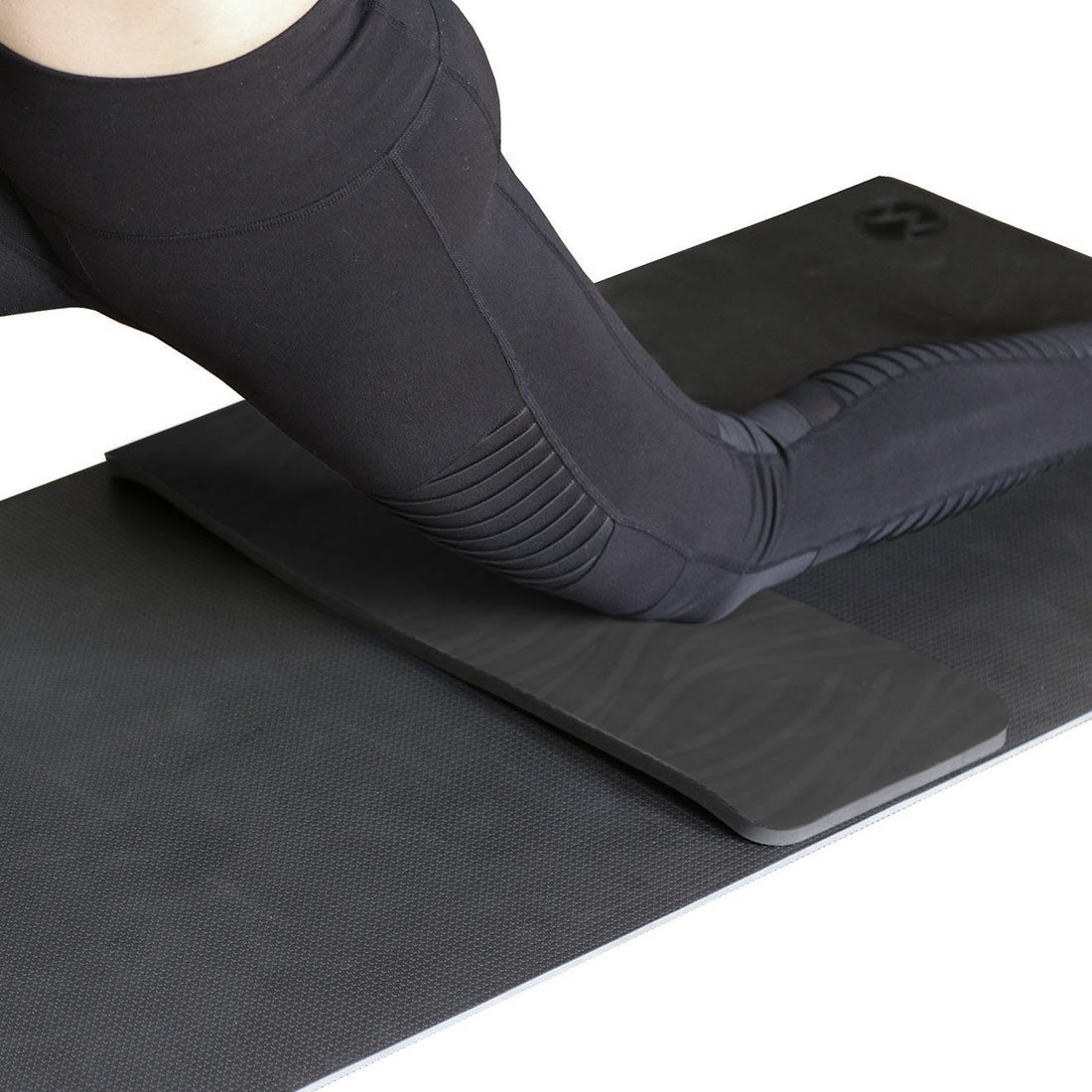In Ayurvedic science, knowing your dosha is vital for optimal health and self-understanding. The three doshas, Vata, Pitta, and Kapha, can help you guide your energy levels, your overall health, your mental/spiritual growth and ultimately your entire life experience.
Your dosha reflects how the rhythms of the five universal elements—air, earth, fire, water, and space—manifest in your constitution.
If you haven’t already taken one or more of the dosha quizzes, consider which of the following best describes you. Be honest. Don’t let your ego or the stories you or anyone else tell you cloud your view. Are you……
 Vata. This dosha’s predominant elements are air and ether. Physically, Vata types are generally small-boned and slender, with a tendency to dry, rough or cracked skin, brittle nails and hair and cold hands and feet.
Vata. This dosha’s predominant elements are air and ether. Physically, Vata types are generally small-boned and slender, with a tendency to dry, rough or cracked skin, brittle nails and hair and cold hands and feet.
They are creative, imaginative, intuitive and artistic. They are the “idea people,” people you turn to for the “light bulb moment.” Capable of bursts of energy, they are also flexible. Seek them out at parties since they’re usually lively conversationalists.
They have variable moods and tend to be impulsive. They understand and forget knowledge quickly. Under stress, Vatas tend to worry and have difficulty maintaining a routine, including low appetite and irregular eating. They tend to most successful in physical disciplines that don’t tax endurance too much, such as dance and are often steered to Hatha and Yin practices.
 Pitta. The combination of fire and water, Pitta people typically are more muscular than their Vata counterparts. They often have fine hair with a predisposition toward thinning and early graying and fair or reddish skin that sunburns easily. Heat tends to wear Pittas out.
Pitta. The combination of fire and water, Pitta people typically are more muscular than their Vata counterparts. They often have fine hair with a predisposition toward thinning and early graying and fair or reddish skin that sunburns easily. Heat tends to wear Pittas out.
They have good concentration and focus, which makes then natural leaders. When out of balance, they can be irritable or angry. Most Pittas have good digestion and regular meal habits. They tend to excel in many activities, especially sports that challenge them, such as skiing, hiking, tennis, and mountain climbing. On the mat, many Pittas prefer a strong practice like Ashtanga or Vinyasa flow.
 Kapha. This dosha revolves around the equalization of water and earth forces. Kapha individuals tend to be more heavily built than other doshas, and often tend to carry excess weight. Skin and hair are soft. Skin also tends to be cold, lustrous and oily.
Kapha. This dosha revolves around the equalization of water and earth forces. Kapha individuals tend to be more heavily built than other doshas, and often tend to carry excess weight. Skin and hair are soft. Skin also tends to be cold, lustrous and oily.
Cold, damp weather is the most challenging for this dosha. Most individuals tend to have a stable disposition, but can be depressed when out of balance. Kaphas learn more slowly than other types but have excellent long-term memory.
If you have a problem, look to these Earth Mothers and Fathers for calm, limitless support. They usually have regular digestion, but may consume less food due to a slow metabolism. Kaphas have great stamina and thrive on intense activity like aerobics. In yoga, Ashtanga, Vinyasa, and hot yoga are indicated for this dosha.
 But, the doshas aren’t just energies that shape your characteristics. They also flow through the seasons.
But, the doshas aren’t just energies that shape your characteristics. They also flow through the seasons.
Not surprisingly, Pitta’s fire is high the late spring and summer.
Vata’s airiness reigns during autumn, and early winter.
Kapha’s wet earthiness melts away late winter and nurtures regrowth in springtime.
As the seasons change and winter moves into springtime, you may find imbalances in this dosha—whatever your dominant dosha actually is. There’s a tendency to develop sicknesses that involve breath construction and produce mucus—from colds to bronchitis. You also may find your energy lagging as spring rains make a cozy couch look more appealing than your mat.
To get Kapha back in balance, strengthen your body and rev up your energy, incorporate these lessons into your personal spring cleaning:
 |
Vasisthasana (Side Plank Pose) Benefits: This pose balances Kapha energy by reaching the upper side of your body to the sky. How to do it: Begin in Adho Mukha Svanasana (Downward-Facing Dog Pose). Shift onto the outside of your left foot. Bring your right hand to your hip and open your body to the right. Make sure your left arm is slightly forward of your left should and press the index finger into the floor. Extend your right arm toward the ceiling. Keep your gaze neutral or look up at your right hand. Remain in this pose for 15 to 30 seconds, then return to Adho Mukha Svanasana for a few breaths before repeating the pose on the other side.
|
 |
Virabhadrasana I (Warrior I) Benefits: The raised arms and skyward gaze help to free the body from the heaviness of a Kapha imbalance How to do it: Stand in Tadasana (Mountain Pose).Step your left foot back three to four feet and turn your left toes out about 45 degrees. Bend into your right knee. Lift your arms until your fingers point to the ceiling. Gaze upward and focus on your thumbs. Remain in the pose for 30 seconds to a minute, then release and repeat on the other side. |
 |
Bhujangasana (Cobra Pose) Benefits: The heart opening in this pose is an expression of the generosity and love of change needed to break out of a Kapha rut. How to do it: Lie on your stomach. Place hands next to your shoulders. On an inhalation, roll the shoulders back and down and straighten your arms as much as you can without straining your lower back. Hold the pose for 15 to 30 seconds before releasing back to the floor. |
 |
Ujjayi Pranayama (Conqueror Breath) Benefits: This breathing practice fires up your metabolism How to do it: Inhale through your nose, then exhale through your open mouth. Repeat this a few times with your mouth open, then try the technique with your mouth closed. As you inhale and exhale through your nose, direct your breath across the back of your through so that you can hear a hissing sound. Practice for five to eight minutes, gradually increasing the time to 10 to 15 minutes. |
Embrace the Morning. Rising late in the a.m. can aggravate a Kapha imbalance, so enjoy the sunrise.
Change Your Diet. Kapha imbalances thrive on heavy and sweet foods. Look for lighter, drier textures and limit sugar. Reduce heavy, sour fruits such as oranges, bananas, figs, and melons and replace them with berries and cherries as they come into season. Eat beans and lentils. Focus on lowering your salt intake and increasing bitter, spicy and astringent flavors. Limit nuts and nut butter and try to avoid dairy.
 Take Ayurvedic herbs. Trikatu and others may help stoke your digestive fire, act as expectorants and also provide anti-bacterial support for your body.
Take Ayurvedic herbs. Trikatu and others may help stoke your digestive fire, act as expectorants and also provide anti-bacterial support for your body.
Springing forward with Kapha in balance has tremendous benefits. Most likely, you’ll feel stronger, well-grounded and ready to grow. So start planting the seeds with simple shifts in your practice and your lifestyle.











